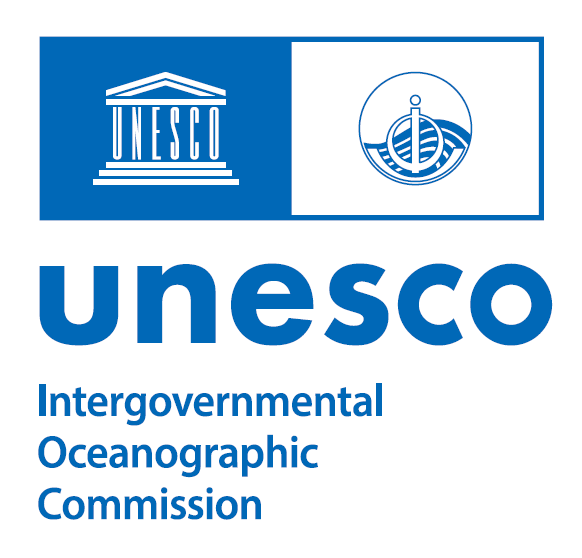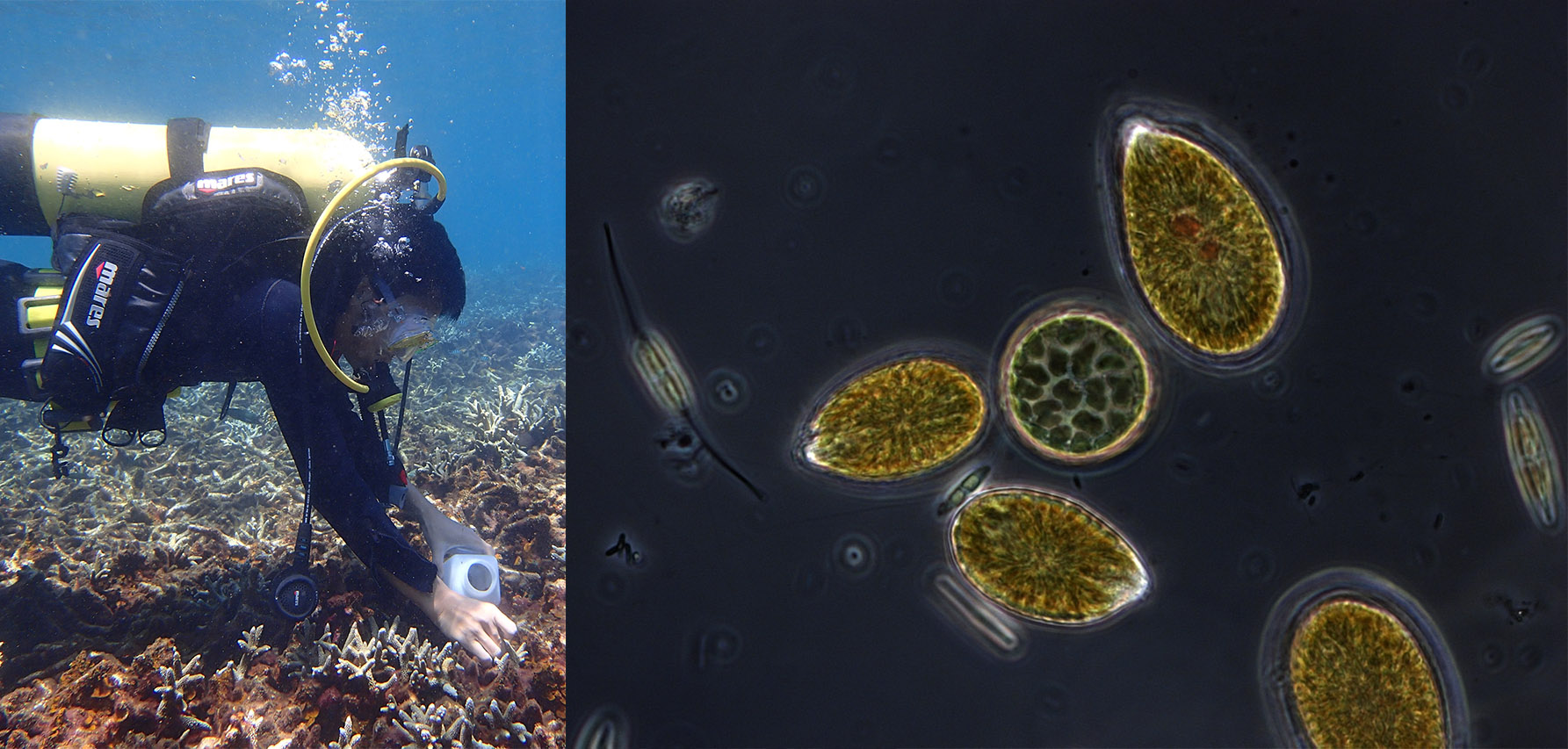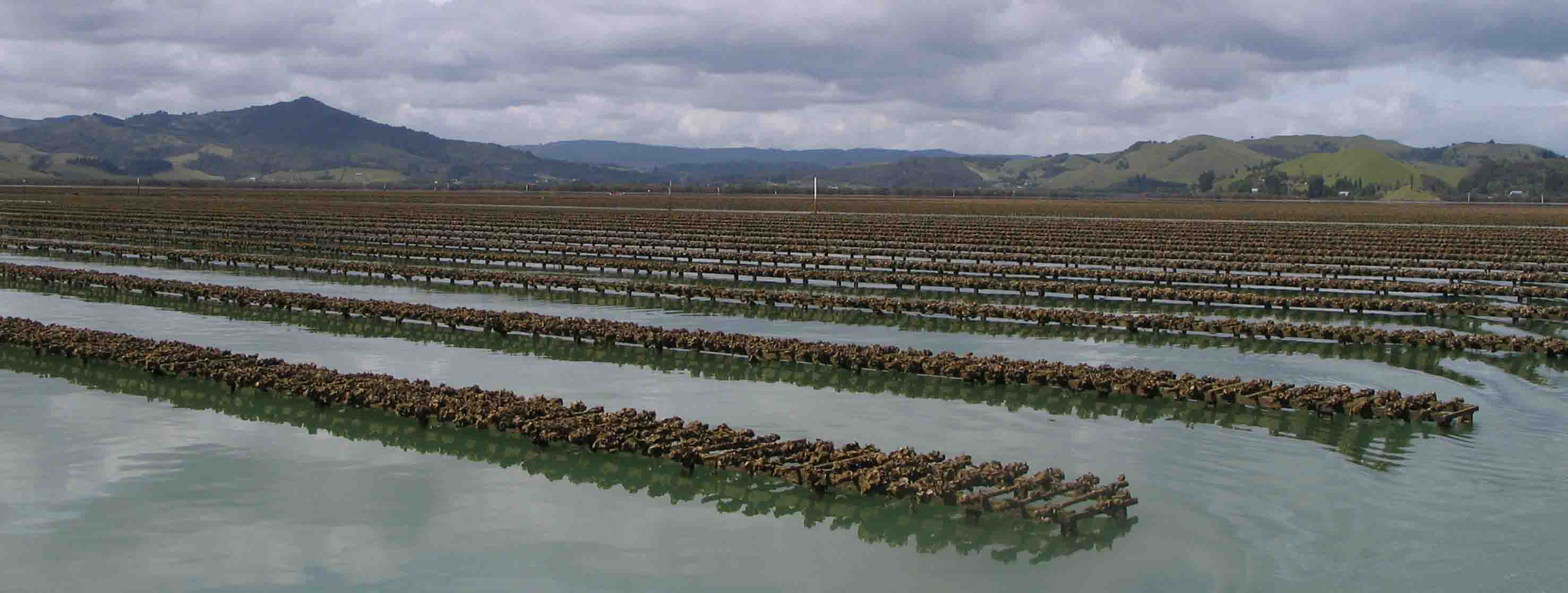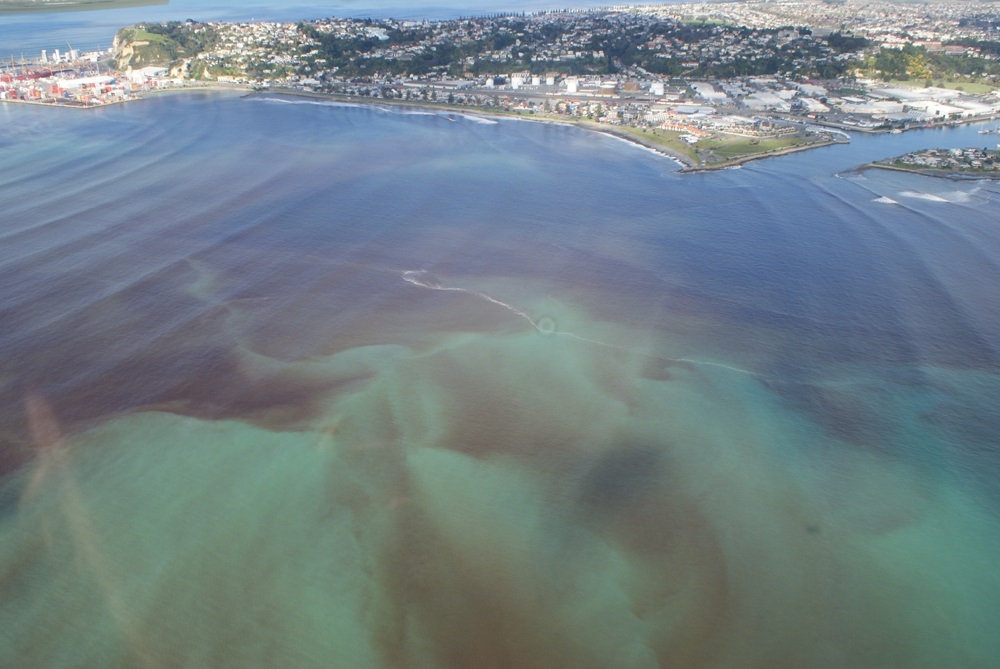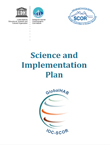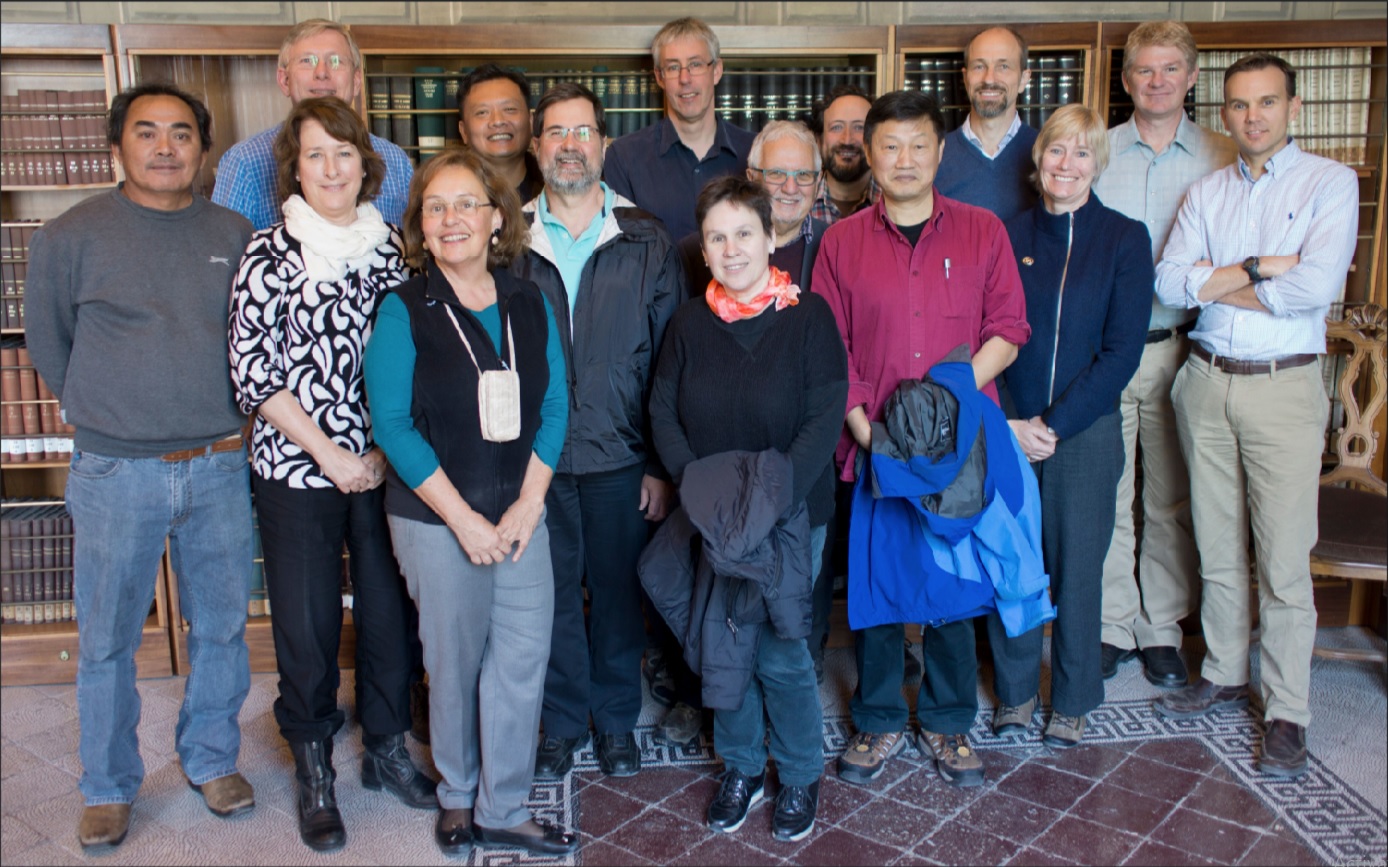Rationale. In the open ocean, pelagic Sargassum (Sargassum natans and S. fluitans) serves as a critical habitat for numerous species of fishes and invertebrates. Because of the uniqueness of this community, the Sargasso Sea was identified as an Ecologically or Biologically Significant Area by the Convention on Biological Diversity. However, when arriving to the coasts pelagic Sargassum may impact shorelines, as has been registered historically in the Gulf of Mexico, and in western Africa (Ghana, Senegal, Sierra Leone) since 1993. Also, the benthic Sargassum hornii may form persistent large pelagic masses in Asia.
In 2011, blooms of pelagic Sargassum species were recorded for the first time in broader areas of the Atlantic basin, from the Gulf of Guinea, throughout the North Equatorial Recirculation Region (NERR) including the Caribbean Sea and the Gulf of Mexico (Lapointe et al. 2015; Gower et al. 2013; Hu et al. 2016; Sissini et al. 2017, Wang et al. 2019). The “Brown tides” comprised of two floating Sargassum pelagic species are problematic as a result of accumulation of excessive biomass in bays and shallow waters as well as on beaches. In severe cases, Sargassum stranding caused extensive near-shore “dead zones,” wildlife mortality (van Tussenbroek et al. 2017), economic losses to coastal fisheries and tourism, and human health impacts associated with hydrogen sulfide toxicity. However, alternative uses of the Sargassum biomass were purposed, from fertilizers to papers, bioplastics and cosmetics. The use of Sargassum is leading to the discussion of harvesting the algae stranded at beaches and even at open ocean and the sustainable use of such biomass (Desrochers et al. 2020).
Because of the extensive broad-scale distribution of the Sargassum blooms from open ocean to coastal zones, there is a need for a comprehensive understanding of the ecology and oceanography that drives the “big picture” of these bloom phenomena.
Several major scientific challenges include:
• Understanding the seasonality, inter-annual variability, taxonomic composition, and long-term trends of the “Great Atlantic Sargassum Belt” extending from western Africa to the Caribbean Sea and Gulf of Mexico.
• Understanding the ecology and dynamics of the Sargassum blooms and the interactions between the atmospheric and ocean circulation patterns and nutrient supply on the timing and geographic distribution of the bloom events.
• Prediction of Sargassum beaching and management strategies to prevent and mitigate the negative impacts in the local economies and the environment.
Overall objective: The GlobalHAB program is committed to incorporate emerging HAB issues, such as the Sargassum mass occurrences in the Caribbean and the West coast of Africa, in the GlobalHAB Science and Implementation Plan (www.globalhab.info). The overall objective of the new topic on Sargassum, will be to identify research priorities to understand Sargassum growth dynamics and to develop adequate forecasting and warning systems to allow long term preventive measures for Sargassum beaching. As a first step, GlobalHAB will coordinate an Open Science Meeting (OSM) addressed to the scientific and stakeholder’s community interested in the elaboration of a science and implementation plan for the Sargassum topic.
Specific objectives of the OSM: The OSM will gather scientists with expertise on different disciplines (biology, ecology, satellite observations, modelling, physical oceanography, atmospheric sciences, ...) stakeholders and end users that can facilitate addressing the complexity of the Sargassum blooms and associated impacts. The OSM will:
A) Analyze the State-of-the-art of the Sargassum beaching dynamics, trends and forcings in NW Africa, the Caribbean Sea, Gulf of Mexico, Florida, Asia.
B) Assess the impacts of Sargassum beaching:
- in the ecology: impact on coastal ecosystems.
- in the economy: fisheries, tourism, local populations.
- on human health: from exposure to hydrogen sulfide (H2S) and heavy metals (arsenic, cadmium).
C) Design common monitoring strategies: Identify protocols and integrate data for Africa, the Caribbean Sea, Gulf of Mexico, Florida, Amazon Coast, Asia.
D) Identify management solutions:
- Develop sustainable methods of retrieving masses of Sargassum from the shores or before reaching the shores.
- Potential use of the Sargassum biomass (fertilizer, new materials, pharmaceutical products, ...).
E) Support and coordinate existing international Sargassum focused initiatives.
Outcomes: The main outcomes of the OSM will be:
- The elaboration of the Sargassum Science and Implementation Plan to be published as an annex to the GlobalHAB Science and Implementation Plan.
- To establish the mechanisms for the international research coordination on Sargassum.
GlobalHAB Subcommittee: In order to organize the OSM on Sargassum a first GlobalHAB Subcommittee has been created including:
- Brigitta van Tussenbroek, UNAM, Mexico, This email address is being protected from spambots. You need JavaScript enabled to view it.
- Brian Lapointe, Florida Atlantic University-Harbor Branch Oceanographic Institute, FL, US, This email address is being protected from spambots. You need JavaScript enabled to view it.
- Ester Serrao, University of Algarve, Portugal, This email address is being protected from spambots. You need JavaScript enabled to view it.
- José E. Martinelli Filho, Federal University of Pará, Brazil, This email address is being protected from spambots. You need JavaScript enabled to view it.
- Raffaele Siano, GlobalHAB SSC, This email address is being protected from spambots. You need JavaScript enabled to view it.
- Elisa Berdalet, GlobalHAB SSC Chair, ICM-CSIC, Spain, This email address is being protected from spambots. You need JavaScript enabled to view it.
Information about the OSM: The OSM was initially scheduled on May 2020 but it has been postponed due to the Covid19 pandemics. Information will be provided as soon as possible. The event will be hosted by the Universidad Nacional Autónoma de México (UNAM), in Puerto Morelos or Cancún (Mexico), hosted by Dr. Brigitta van Tussenbroek (UNAM, This email address is being protected from spambots. You need JavaScript enabled to view it.).
References:
Desrochers, A., et al. 2020. Sargassum uses guide: a resource for Caribbean researchers, entrepreneurs and policy makers. CERMES Technical Report No. 97, 172 pp.
Gower, J. E., et al. 2013. Satellite images suggest a new Sargassum source region in 2011, Remote Sens. Lett. 4, 764–773.
Hu, C., et al. 2016. Sargassum Watch. Eos, 97, doi: 10.1029/2016EOO58355, published on 02 September 2016.
Lapointe, B. E., et al 2015. Evidence of nitrogen-fueled blooms of pelagic Sargassum in the Gulf of Mexico. Proceedings of the Gulf and Caribbean Fisheries Institute, Panama.
Sissini, M. N., et al. 2017. The floating Sargassum (Phaeophyceae) of the South Atlantic Ocean – likely scenarios. Phycologia 56, 321–328
van Tussenbroek, B. I., et al 2017. Severe impacts of brown tides caused by Sargassum spp. on near-shore Caribbean seagrass communities. Mar Pollut Bull 122, 272–281
Wang, M., et al, 2019. The Great Atlantic Sargassum Belt. Science 365, 83-87.

Accumulation of floating Sargassum in Munson Island, Florida, US, June 2014. Source: Brian Lapointe

Accumulation of floating Sargassum in Martinica, Antilles, France. Source: Brian Lapointe

